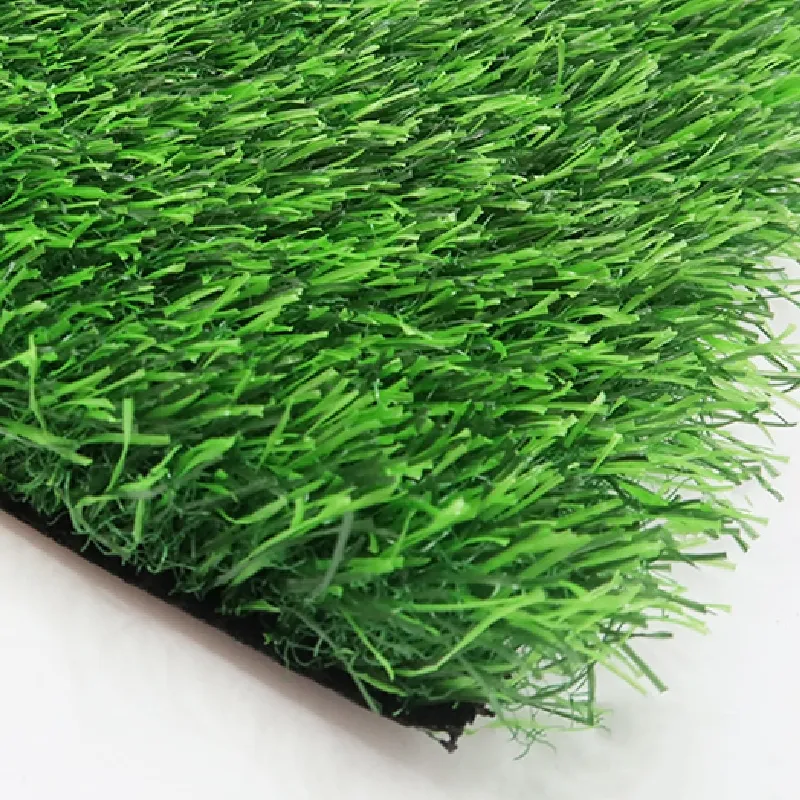
- Afrikaans
- Arabic
- Belarusian
- Bengali
- Czech
- Danish
- Dutch
- English
- Esperanto
- Estonian
- Finnish
- French
- German
- Greek
- Hindi
- Hungarian
- Icelandic
- Indonesian
- irish
- Italian
- Japanese
- kazakh
- Rwandese
- Korean
- Kyrgyz
- Lao
- Latin
- Latvian
- Malay
- Mongolian
- Myanmar
- Norwegian
- Persian
- Polish
- Portuguese
- Romanian
- Russian
- Serbian
- Spanish
- Swedish
- Tagalog
- Tajik
- Thai
- Turkish
- Turkmen
- Ukrainian
- Urdu
- Uighur
- Uzbek
- Vietnamese
artificial grass football stadium
Dec . 19, 2024 11:18 Back to list
The Rise of Artificial Grass in Football Stadiums
In recent years, the landscape of football has seen a transformative shift with the increasing adoption of artificial grass in stadiums worldwide. This change is not merely aesthetic; it brings with it a myriad of benefits, from sustainability and economic savings to enhanced player performance and safety. This article explores the evolution, advantages, and potential drawbacks of artificial grass in football stadiums, emphasizing its importance in the modern sporting world.
The Evolution of Artificial Grass
Artificial grass has come a long way since its inception in the 1960s. Initially utilized in smaller venues, such as schools and playgrounds, synthetic turf has evolved significantly in both technology and design. Modern artificial grass replicates the look and feel of natural grass, providing a visually appealing and high-performance surface for football matches. Advances in materials, such as polyethylene and nylon, have improved the durability and resilience of synthetic turf, making it a practical choice for professional stadiums.
Benefits of Artificial Grass
One of the primary advantages of artificial grass in football stadiums is its low maintenance requirement. Traditional grass fields require constant upkeep, including mowing, watering, fertilizing, and pest control. In contrast, artificial fields reduce these needs, saving time and resources. Many clubs have reported significant cost savings in their maintenance budgets after switching to synthetic turf.
Moreover, artificial grass is weather-resistant. It can withstand heavy rainfall without becoming muddy or unplayable, ensuring that matches can proceed as scheduled. This consistency is crucial for professional teams that rely on well-maintained pitches for optimal performance. Athletic performance on synthetic surfaces can be equal to or even superior to that on natural grass, particularly in damp conditions.
From a safety perspective, artificial grass is designed to offer superior traction and shock absorption. Newer generations of synthetic turf often include infill materials that cushion falls, potentially reducing the risk of injuries such as concussions and sprains. Regular monitoring and maintenance of these surfaces further enhance player safety, ensuring a uniform playing experience across the field.
artificial grass football stadium

Environmental Considerations
Sustainability is an increasingly important factor in sports, and artificial grass has a role to play. While there are concerns regarding the environmental impact of synthetic materials, innovative practices are being adopted to mitigate these effects. Many manufacturers are incorporating recycled materials into their products, reducing landfill waste and promoting a circular economy.
Furthermore, synthetic turf eliminates the need for water-intensive irrigation systems, a significant advantage in regions prone to drought. By installing artificial grass, stadiums can conserve precious water resources while providing a reliable playing surface. The long lifespan of artificial grass—often up to 15 years with proper care—also advantages sustainability efforts, making it a long-term investment rather than a temporary solution.
Potential Drawbacks
Despite the many benefits, the transition to artificial grass is not without controversy. Some players and coaches argue that the playing experience on synthetic surfaces differs from that of natural grass, potentially influencing athletic performance and overall enjoyment of the game. The heat retention of artificial turf can also be problematic, raising surface temperatures in direct sunlight and leading to concerns about player comfort and heat-related illnesses.
Furthermore, the disposal of old synthetic grass poses environmental challenges. While advancements are being made, the recycling process for synthetic turf is still in its infancy, and many fields eventually end up in landfills. This aspect of artificial grass requires continued attention and innovation to ensure that sustainability claims are met.
Conclusion
The growing popularity of artificial grass in football stadiums represents a significant shift in how the sport is played and maintained. While the advantages it offers are substantial—ranging from reduced maintenance costs to enhanced player safety—there are important conversations to be had about the environmental and experiential implications of this change. As technology advances and more sustainable practices are adopted, the future of artificial grass in football may very well set the standard for how this beloved sport is played around the world. The balance between innovation and tradition will continue to shape the beautiful game for generations to come.
-
The Benefits of Artificial Turf for Indoors
NewsJul.15,2025
-
How Artificial Grass Suppliers Ensure Quality Products
NewsJul.15,2025
-
Artificial Grass and Pets: A Space for Relaxation
NewsJul.08,2025
-
Balcony & Outdoor Decoration with Artificial Grass
NewsJul.08,2025
-
Best Indoor Artificial Grass for Home
NewsJul.07,2025
-
Best Pet Turf for Dogs: Safe & Durable Artificial Grass Options
NewsJul.07,2025
Products categories









